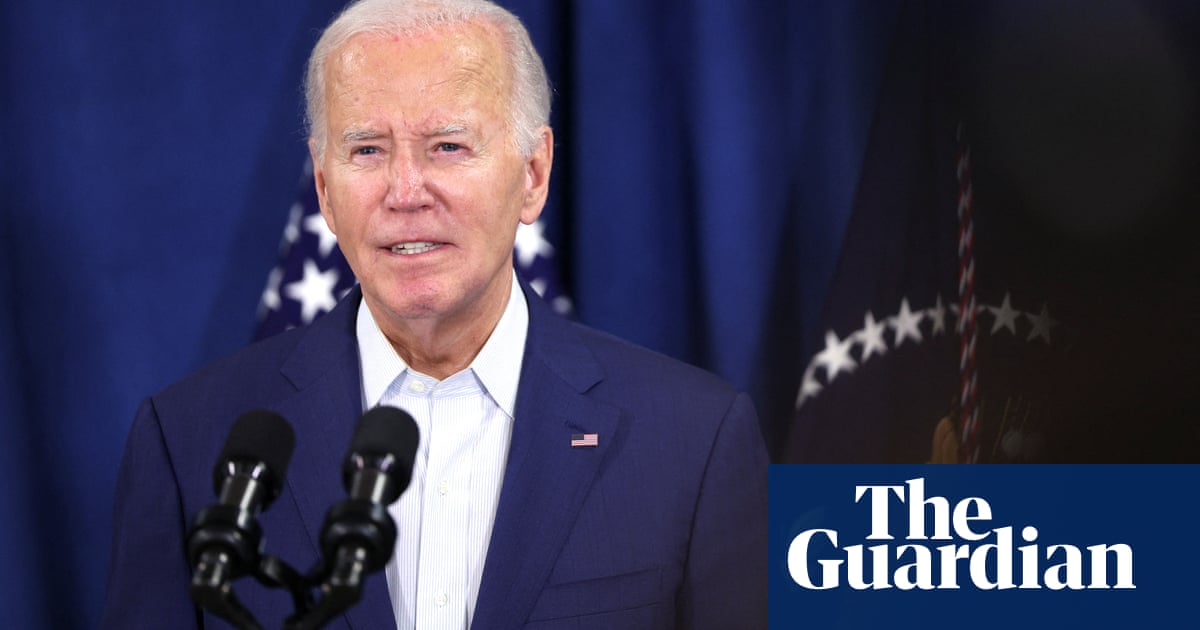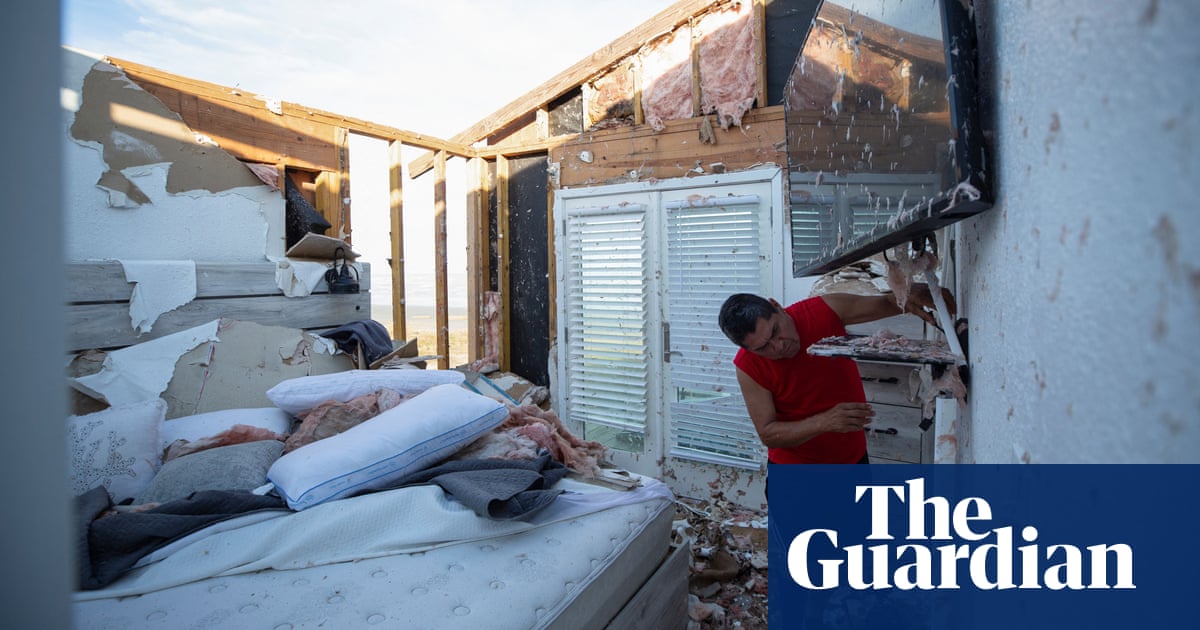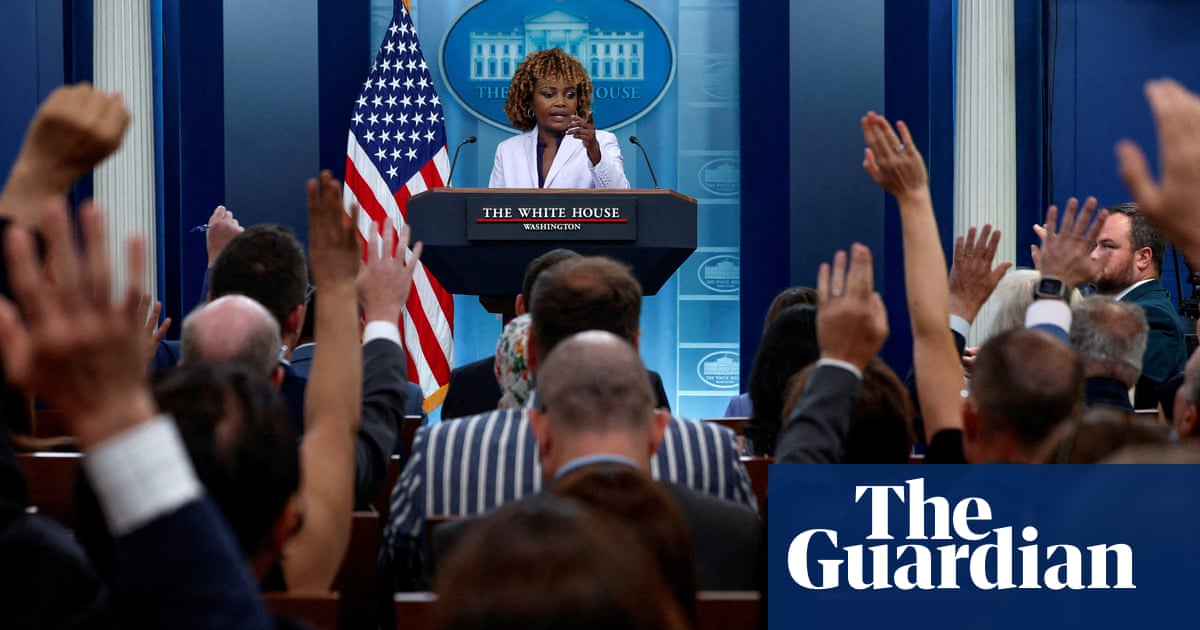The immediate reaction to the shooting at a Donald Trump rally today was the condemnation of violence from political figures, and an early swell of conspiracy theories on social media.
Trump appeared to have been struck in the incident, while one audience member and the shooter were killed. The incident was being investigated as an assassination attempt.
Joe Biden said on X: “I’m grateful to hear that he’s safe and doing well. I’m praying for him and his family and for all those who were at the rally, as we await further information. Jill and I are grateful to the Secret Service for getting him to safety.
“There’s no place for this kind of violence in America. We must unite as one nation to condemn it.”
In remarks on Saturday, Biden said: “I have tried to get hold of Donald. He is with his doctors. Apparently he’s been doing well. I plan on talking to him shortly, I hope when I get back to the telephone.”
When asked by reporters, Biden said he did not know if it was an assassination attempt.
Biden said: “It’s not appropriate. Everybody must condemn it.”
Vice-President Kamala Harris said she had been briefed on the shooting. “Doug and I are relieved that he is not seriously injured,” she said. “We are praying for him, his family, and all those who have been injured and impacted by this senseless shooting … We must all condemn this abhorrent act and do our part to ensure that it does not lead to more violence.”
Marla Maples, Trump’s ex-wife and the mother of Trump’s fourth child Tiffany, said on X: “We ask for prayers for my daughter’s father… prayers for her heart and all the family and all who know how he is leading on behalf of all of us. We stay together in our faith knowing that the path of God is the path.
“Those who want to stop him are in fear of the power of God. May Christ create an opening in the hearts of those who want to stop the Light and the souls of humanity.”
Lawmakers on the left and right were united in condemning political violence.
“Violence targeted at any political party or political leader is absolutely unacceptable,” said the Pennsylvania governor Josh Shapiro on X. “It has no place in Pennsylvania or the United States.I have been briefed on the situation. Police are on the scene in Butler County and working with our federal and local partners.”
Former congresswoman Liz Cheney described reports of the shooting as “horrifying”.
“Violence of any kind has no place in American politics,” she said. “We are grateful for the reaction of Secret Service and other law enforcement and pray for the former president and all those injured.”
“Laura and I are grateful that President Trump is safe following the cowardly attack on his life,” George W Bush said in a statement. “And we commend the men and women of the Secret Service for their speedy response.”
Advocacy groups, including those focused on gun control. also shared statements condemning the shooting.
“This is an unacceptable and tragic reminder of our nation’s gun violence crisis. Violence of any kind has no place in our political process,” said John Feinblatt, president of Everytown for Gun Safety. “This horrific act is another reminder that no one is immune from experiencing gun violence. When guns are everywhere, for anyone, with no questions asked – no one is safe.”
“Political violence does not represent the values of America. We are devastated by the tragedy that unfolded today in Pennsylvania,” said Angela Ferrell-Zabala, executive director of Moms Demand Action.
“Time and time again our communities are shaken by acts of gun violence that have invaded what should be our safe places, and that includes the violence that we saw today. But they are a consequence of our country’s weak gun laws and guns everywhere culture – laws that allow hate to be armed with a gun to easily take someone else’s life.”
The condemnations of violence and the thoughts and prayers of politicians and activists followed the reflexive rituals of American politics following a shooting that rises to public notice.
The other reaction on social media has been sharply different. The word “staged” and the phrases “they missed” and “how do you miss” began trending on X in the hour following the shooting, as did the photograph of a bloodied Trump raising his fist in defiance as he was being hustled off the dais by Secret Service agents.
“Impeached. Arrested. Convicted. Shot. Still standing,” the conservative commentator Matt Walsh wrote.
“The Republican district attorney in Butler county, Pennsylvania, should immediately file charges against Joseph R Biden for inciting an assassination,” Mike Collins, a Republican congressman in George, wrote about an hour after the shooting. “Joe Biden sent the orders.”
Former congressman Joe Walsh denounced the violent rhetoric.
“We are beyond dangerously divided. We are at each other’s throats,” he said on X. “We consider the people we disagree with to be our mortal enemies. We can’t continue down this road. Our democracy can’t stand if we continue down this road.”
“What EVERY American should say: political violence is ALWAYS wrong. No matter where it comes from. This isn’t how we solve our differences in America. But not every American will say this. Most Americans on the right and the left will try to score political points with this.”








